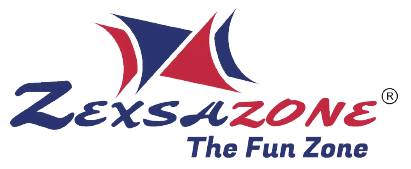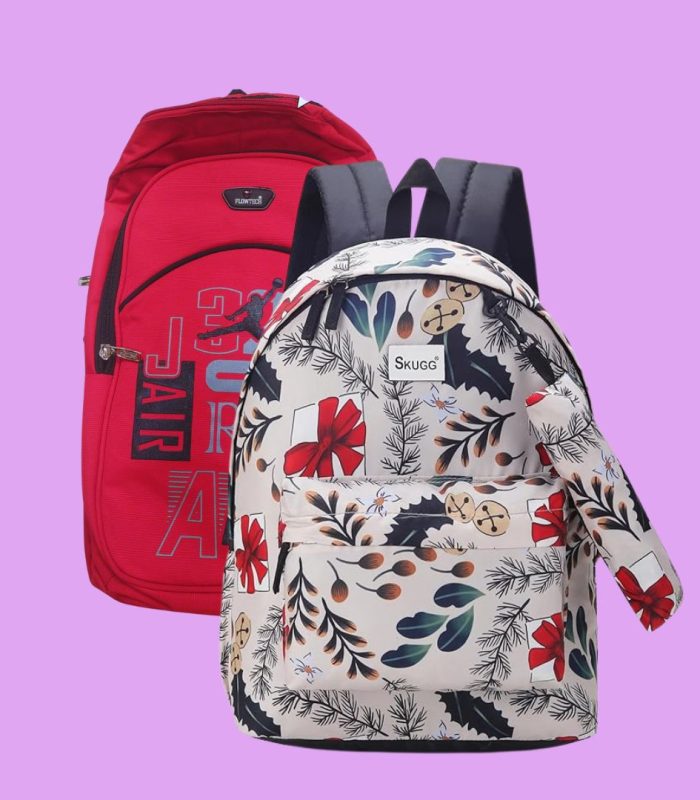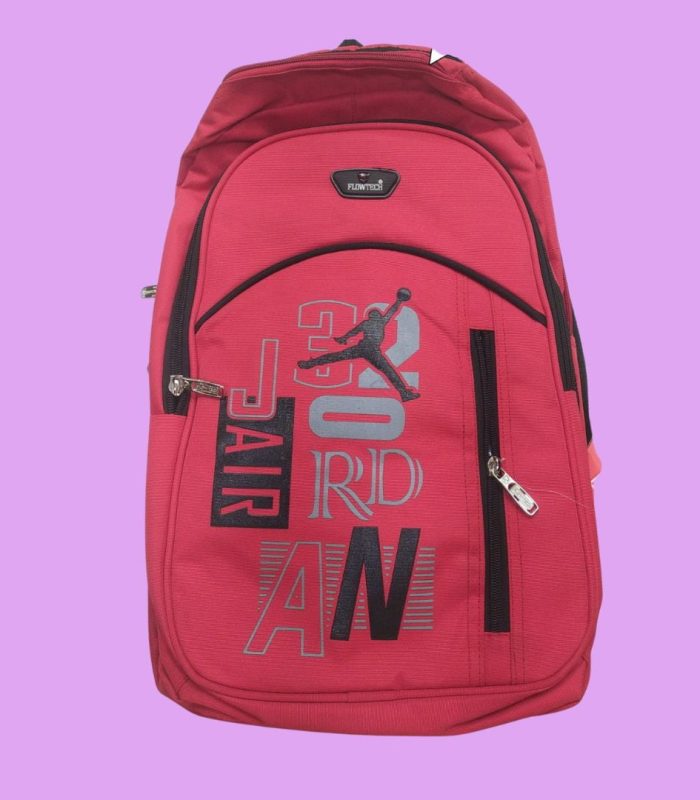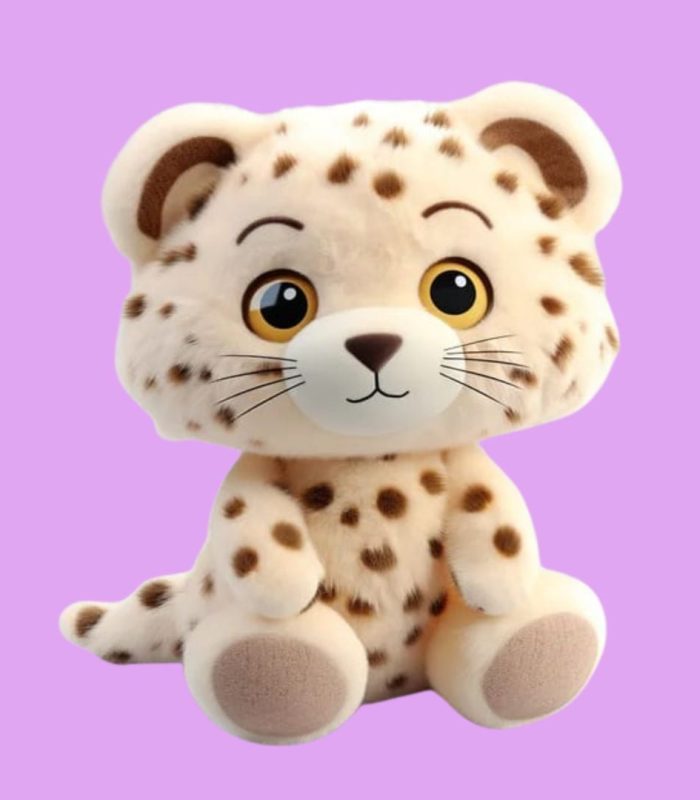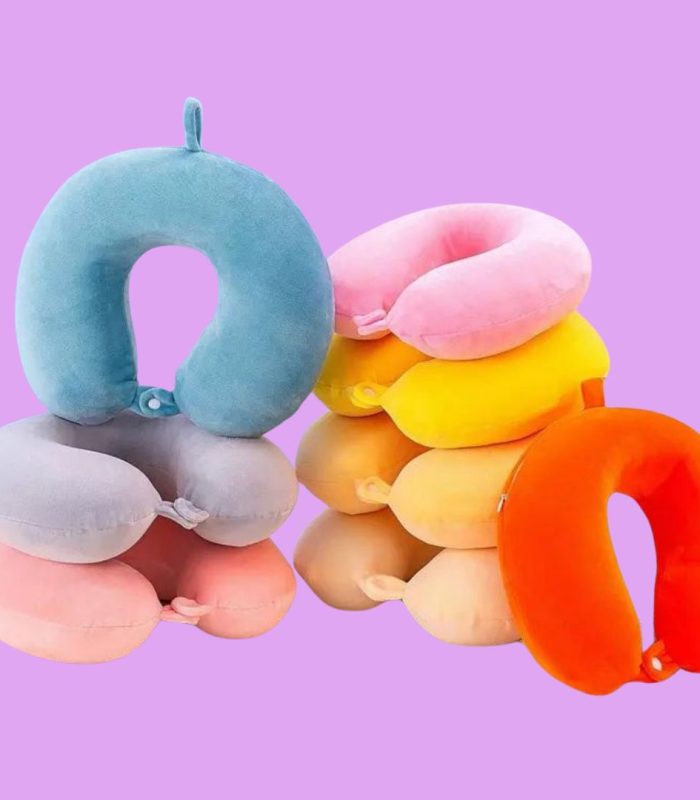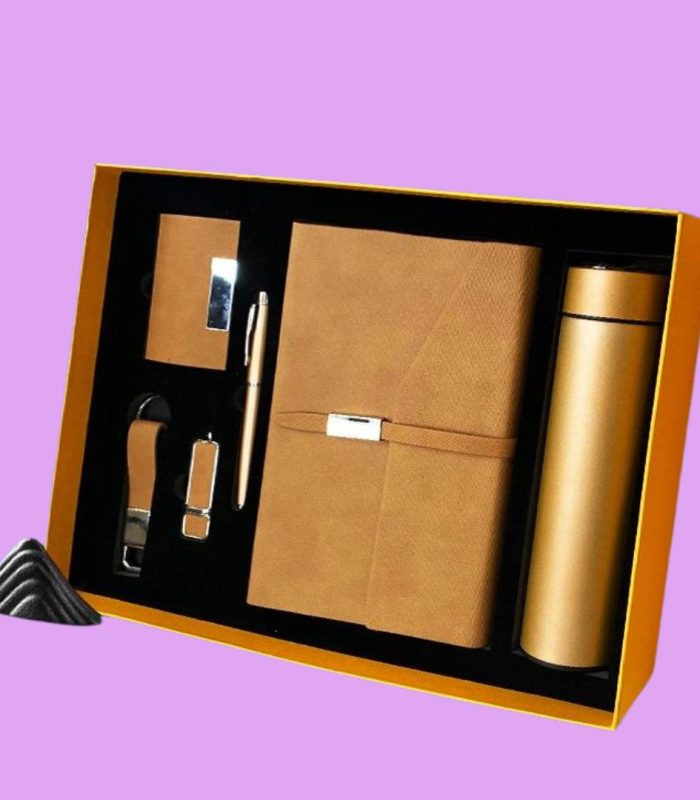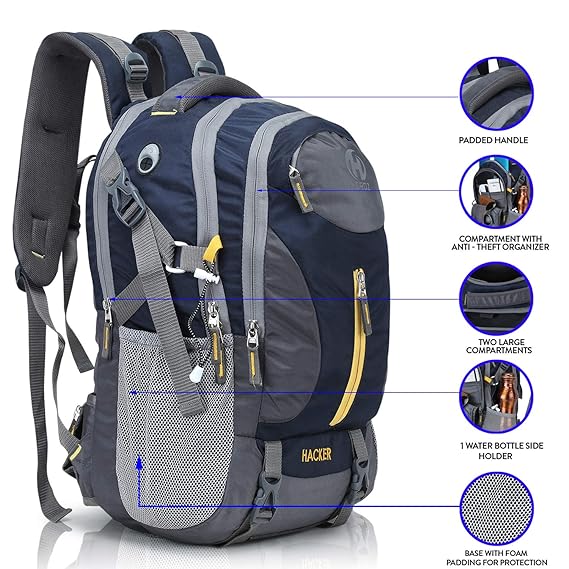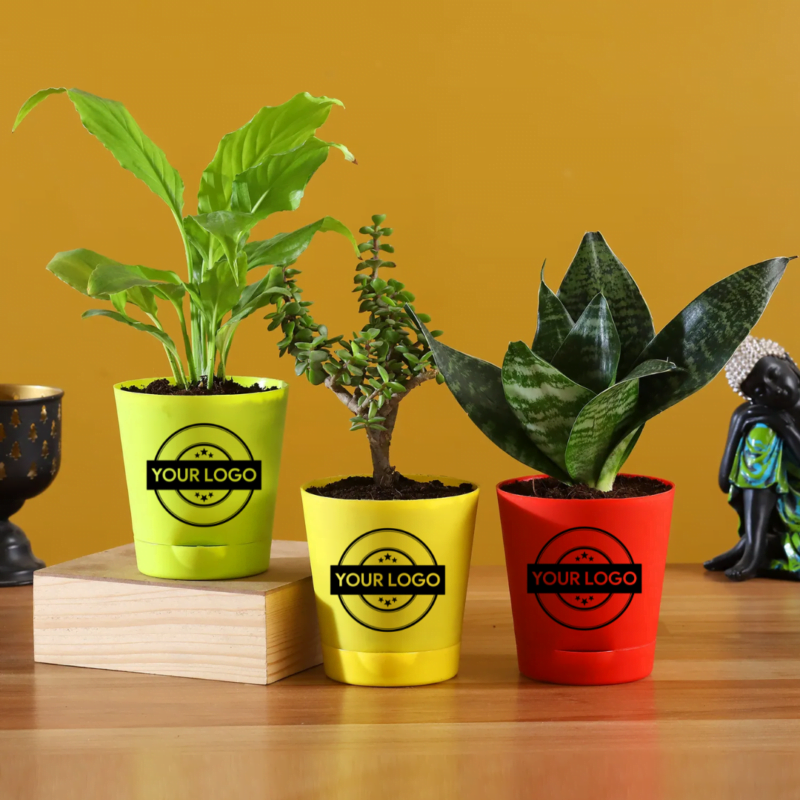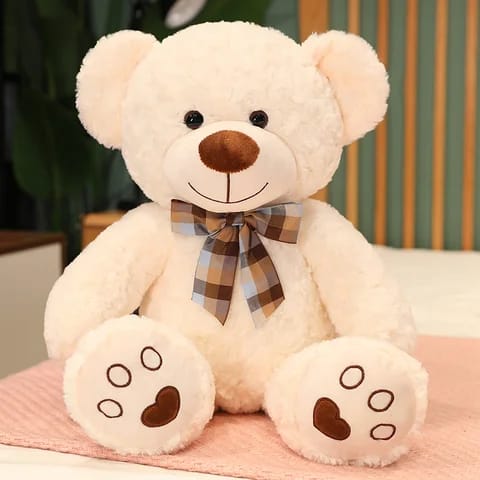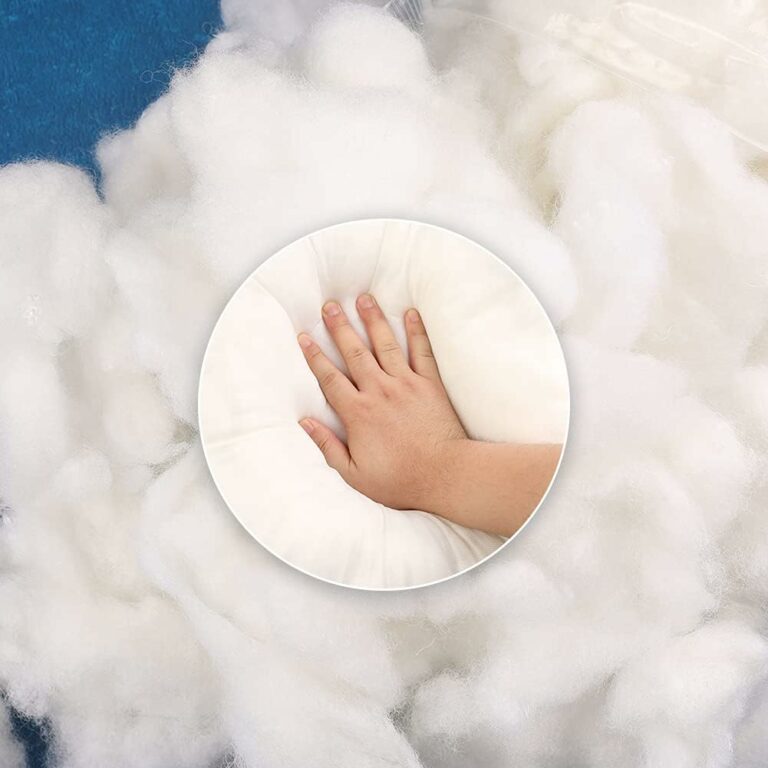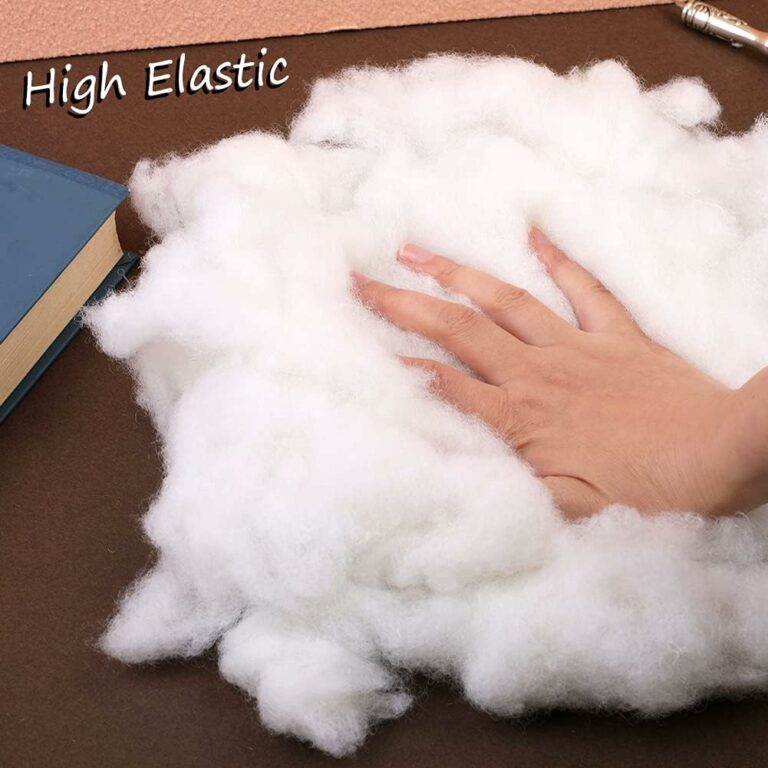Polyester is a synthetic fibre made from petroleum-based chemicals. Its name is shortened to represent a synthetic man-made polymer and is commonly known as a PET (polyethylene terephthalate). Polyester has a long history, dating back to the early 1900s.
What is Polyester Fiber?
Polyester fiber it is an chemical fiber, which refers to the fiber with textile properties obtained by the preparation of spinning dope, spinning and post-processing, using natural or synthetic polymer compounds as raw materials.
In terms of raw materials, chemical fibers can be divided into man-made fibers and synthetic fibers. Man-made fibers use wood, bamboo, pulp, waste cotton yarn and other materials containing natural cellulose as raw materials, and synthesize organic polymer compounds after polyaddition or polycondensation reaction.
The products include viscose staple fibers, viscose filaments and acetate filaments; Synthetic fibers are high-molecular polymers synthesized from petroleum, natural gas and coal through complex chemical reactions. Commonly used products include polyester, nylon, acrylic and spandex.
Understanding Polyester: A Versatile Synthetic Fiber
Synthetic fibers have been around since the early 1920s. They evolved as scientists created affordable alternatives to natural fibers. Some popular synthetic fibers include polyester, nylon, viscose rayon, olefin, and spandex. Unlike natural fibers from plants and animals, synthetic fibers are made from chemical compounds. Manufacturers prefer synthetic fibers for their low cost, high strength, and durability.
What is Polyester fiber?
Polyester is a synthetic fiber made from petroleum-based chemicals. Its full name is polyethylene terephthalate (PET). Polyester became popular in the 1950s and is used in clothing, upholstery, and carpeting.
A Brief History of Polyester
In the 1970s, marketers called polyester a miracle fabric. They claimed it could be worn for over 65 days without ironing and still look good. Today, polyester is one of the most common fabrics in the world.
What is Polyester Used For?
Polyester's strength and flexibility make it useful in many products. It is used to make:
- Clothing
- Home furnishings
- Carpeting
- Industrial items like ropes and seatbelts
- Soft toy
The Pros of Polyester
Polyester has many advantages:
Strong and Durable
Polyester is very strong and durable. It is perfect for sportswear and uniforms that need to withstand daily wear and tear.
Inexpensive & Affordable
Polyester is usually cheaper than natural fibers. This makes it a good choice for budget-friendly products.
Versatile
Polyester is versatile. It can be blended with other fibers to make products stronger and more breathable. For example, polyester-cotton blends are common in clothing.
Recyclable
Polyester can be melted down and recycled into new products. This makes it more sustainable than some other synthetic fibers.
The Cons of Polyester fiber
Polyester has some drawbacks:
Prone to Static
Polyester does not absorb moisture well, which can make it prone to static and pilling.
Retains Heat
Polyester tends to retain heat. It may not be the best choice for products that need to be cool and breathable.
Low Absorbency
Polyester does not absorb moisture well. It is not ideal for towels, bedding, or activewear that need to soak up sweat.
Not 100% Eco-Friendly
Polyester is made from plastic, which is not completely eco-friendly. Even though it is recyclable, it is still not as green as natural fibers.
Choose Zexsazone for Your Polyester fiber Needs
When deciding if polyester is right for you, consider the pros and cons. At Zexsazone, we offer customized solutions to meet your needs.
Contact us today to learn more about our polyester fibers or to order a sample. Zexsazone is your trusted partner for high-quality polyester products.
What is Recycled Polyester Fabric?
Recycled polyester fabric, also known as rPET, is a synthetic material made from plastic waste that is recycled from PET bottles, bags, containers, etc. It is eco-friendly, affordable, and durable, with the same properties as virgin polyester. It has many applications in clothing, especially for activewear and sports apparel, as well as in industrial products such as car tires, ropes, and conveyer belts. Recycled polyester fabric reduces the environmental impact of plastic pollution and saves energy and water compared to virgin polyester production
Recycled polyester staple fiber refers to the use of polyester fabric, waste polyester bottle flakes, spinning waste, foam material, pulp block as raw materials, waste bottle flakes are crushed and cleaned, and the mixture of various materials is dried, melted and extruded.
Advantages
- The use of recycled polyester can effectively reduce the amount of petroleum The data shows that each ton of recycled polyester yarn can save 1 ton of oil and 6 tons of water.
- It can reduce CO₂ emissions, recycle and reuse resources, and reduce environmental Recycling a 1-liter plastic bottle can reduce CO ₂ emissions by 0.042 kgs, and for every 20 plastic bottles recycled, which can be processed into a summer T-shirt.
Spun polyester
Spun polyester is a woven or knitted polyester fabric with a soft feel, as it is made with fibers which are softened by agitation. It is a nice comfortable dressmaking fabric. It is also durable.
Polyester fabric – blends
Polyester yarns are woven or knitted as they are or combined with other fibers forming blended fabrics. Cotton, linen, ramie, rayon and wool fibers are blended this way.
These blended fabrics have qualities that belong to the extra fibers combined with the properties of polyester fibers. When blended with cotton the fabric takes on qualities like wrinkle-resistance and low shrinkage and breathability to a degree. But the bad qualities may also be inherited like a tendency to melt with high heat and a bad case of pilling.
Velvet is a cotton/polyester blend fabric and it is one of the most used fabric for making clothes and upholstery. Broadcloth is a blend of cotton and polyester and it is very popular as a dressmaking fabric. Rayon and polyester blends (Rayon challis) are great as dressmaking fabric as they are very soft and drapey. Polyester/spandex blend is used to make fitting figure-hugging clothes
Many polyester fabrics are woven or treated with fabric finishes that make them look like natural fabrics- this fabric may look like raw silk but is really polyester. Plisse is a cotton-polyester blend with a wrinkled look. There is a polyester-cotton fabric which looks a lot like linen
What are some characteristics of polyester faber?
- Polyester is very durable and is resistant to many chemicals
- This is a popular fabric in the fashion industry, as it is resistant to shrining and stretching. It is also resistant to wrinkling and abrasions
- The fibres used to create Polyester are very strong yet lightweight
- The fibres are easily dyed
- It retains its shape very well
- Polyester fabric is easy to look after and it can be washed and dried at home
- It is a quick drying fabric, so a popular choice for outdoors clothing

